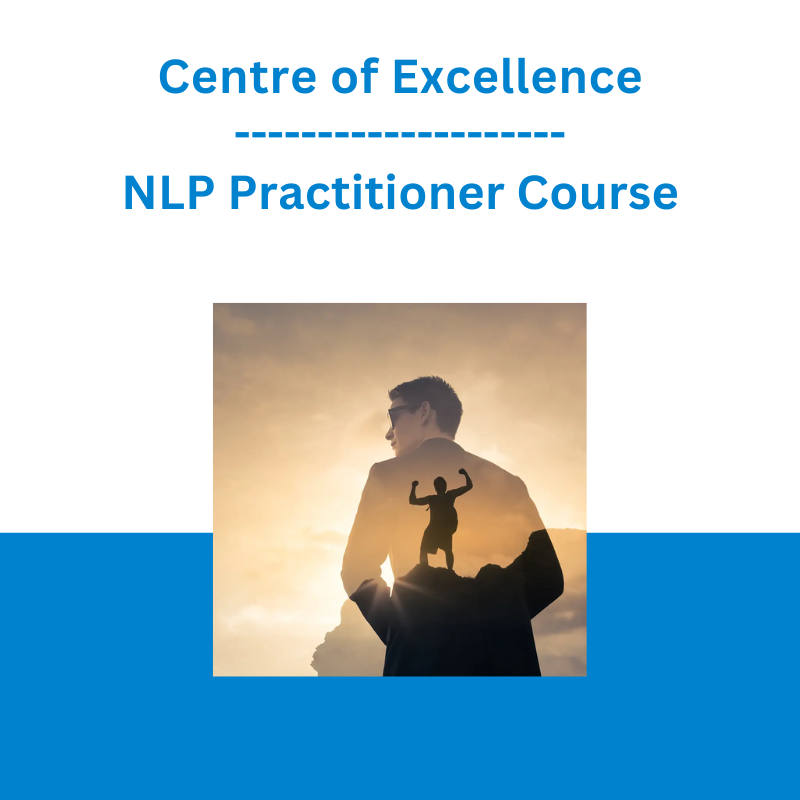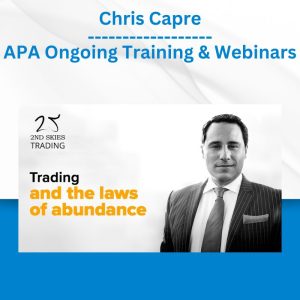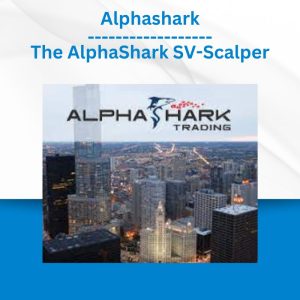*** Proof of Product ***
Exploring the Essential Features of “Centre of Excellence – NLP Practitioner Course”
What Will You Learn?
Would you like to change your mind? Not on a decision you’ve made, per se, but in the way you think – your mindset. Learning and applying the skills and techniques of NLP (Neuro Linguistic Programming) can help you to. You can change your outlook on life through the use of words, and retrain the way you perceive things. You can even set up guideposts to a more successful, purposeful future that you direct and control. The NLP Practitioner Course provides the knowledge you need to gain control over your mind and your life.
The NLP Practitioner Course begins by guiding you through the mind. You’ll consider your current beliefs and subconscious drives. You’ll learn how your thought patterns and habits form, and how short-term and long-term memory works. You’ll identify how your thinking may be flawed and how to get unstuck. You’ll familiarise yourself with NLP assumptions and internal representations – what they are and why they’re relevant. And then you’ll learn about Identifying Schemas and Cognitive Distortions and how they may apply to us.
The hold that negative self-talk can have over the mind will become apparent during the introductory modules. We look at the use of Cognitive Behavioural Therapy (CBT) to reframe negative conditioning. From there, you’ll see the similarities and differences between CBT and NLP, cognitive restructuring and the idea of automatic negative thoughts, and the theory behind Mindfulness-Based Cognitive Therapy.
You’ll learn about the three primary representational systems in NLP – visual, auditory and kinaesthetic (the VAK model). The course shows how these affect our choices and how you can work with them, along with how to use the “screen of the mind” technique to visualise a new life.
We’ll look into filters and perceptions and how these work to remove, distort and generalise the information we absorb. The focus will be on NLP Meta Programs. You’ll then gain an understanding of the Logical Levels Pyramid, Maslow’s Hierarchy of Needs, and how to use chunking as a tool.
You’ll rewrite your past and envision your future with NLP timelines. Through the NLP Practitioner Course, you’ll work with timelines, and understand perceptual positions and goal setting. You’ll be aware of how to set SMART goals, and be able to change your personal history with timelines.
Rapport is the quality of harmony, mutual acceptance and recognition. You’ll explore the importance of building rapport, the four stages of a counselling relationship. Empathetic listening and questioning techniques will be covered too. We also look at how to use stories as a therapeutic tool, the concept of creating metaphors, Gestalt Therapy, and the 12 States of Attention.
Behavioural modelling involves literally modelling someone’s behaviour. Studying the NLP Practitioner Course, you’ll gain an understanding of how to model successful people. You’ll learn how to move from dream to realisation, and about modelling techniques for weight loss, personal success and better health.
NLP Anchors are stimuli that call forth states of mind as well as thoughts and emotions. You’ll learn how to install and use these through a 5-step process and how to use post-hypnotic suggestions.
Behaviours are at the root of everything we do. You’ll learn how to use the New Behaviour Generator to develop a new mindset. You’ll become familiar with using the Circle of Excellence as a tool for accelerating personal and professional growth. Then, there’s the Fast Phobia Cure and Parts therapy for internal conflict. You’ll also learn the primary motivation behind patterns of behaviour and how to overcome procrastination.
Module 1: Your Role as an NLP Practitioner
Introduction
Part 1: Changing Beliefs
Part 2: Subconscious Drives
Part 3: How Habits and Thought Patterns are Formed in the Brain
Part 4: Short-Term Versus Long-Term Memory
Part 5: Changing Your Story – NLP Frameworks and the Anatomy of a Habit
Module 2: Identifying Flawed Thinking
Part 1: Changing Beliefs with NLP
Part 2: When Thinking is Flawed
Part 3: NLP Assumptions/Presuppositions
Part 4: Internal Representations
Part 5: Identifying Schemas
Part 6: Cognitive Distortions
Module 3: Reframing Negative Self-Talk with CBT Techniques
Part 1: What is CBT?
Part 2: Operant Conditioning and CBT Versus NLP
Part 3: Cognitive Restructuring
Part 4: Automatic Negative Thoughts
Part 5: Mindfulness-Based Cognitive Therapy
Part 6: Cognitive Restructuring and Reframing
Part 7: Cognitive Journaling
Module 4: The VAK Model and Submodalities
Part 1: The VAK Method
Part 2: Identifying and Working with Submodalities
Part 3: Eye Accessing Cues
Part 4: Swish Technique for Change
Part 5: The Screen of the Mind Exercise
Module 5: Meta Programming and Chunking
Part 1: Understanding Your Filters and Perceptions
Part 2: Internal Frame of Reference and External Frame of Reference NLP Meta Program
Part 3: Towards and Away Exercise
Part 4: Logical Levels Pyramid
Part 5: Maslow’s Hierarchy of Needs
Part 6: Chunking as a Tool
Module 6: NLP Timelines for Making Change
Part 1: Working with Timelines
Part 2: How to Use Timelines
Part 3: Timeline Exercise and Perceptual Positions
Part 4: Three-Step Process to Set Up Perceptual Positions
Part 5: Timelines and Goal Setting
Part 6: Changing Personal History with Timelines
Module 7: Building Rapport
Part 1: Building Rapport
Part 2: Advanced Language Patterns
Part 3: The Four Stages of a Counselling Relationship
Part 4: How to Build Rapport Naturally and Empathetic Listening and Questioning Techniques
Part 5: Questioning Techniques
Module 8: Working with Metaphors
Part 1: Destroying Resistance with Stories
Part 2: The Power of Belief
Part 3: Creating Metaphors
Part 4: Metaphors for Common Problems
Part 5: Popular Therapeutic Metaphors
Part 6: Gestalt Therapy
Part 7: The 12 States of Attention
Module 9: Behavioural Modelling
Part 1: Behavioural Modelling
Part 2: Entrepreneurial Success Mindset
Part 3: Entrepreneur Success Mindset Read Aloud Script
Part 4: Moving from Dream to Realisation
Part 5: Tips for Achieving Success
Part 6: Visualisation and Modelling Techniques
Part 7: Potential Future Visualisation Exercise
Module 10: NLP Anchors
Part 1: NLP Anchors
Part 2: Installing Anchors
Part 3: Anchoring Practice
Part 4: Building Resource Anchors
Part 5: Collapsing Anchors
Part 6: Chaining Anchors and Post-Hypnotic Suggestions
Module 11: New Behaviour Generator
Part 1: New Behaviour Generator
Part 2: New Behaviour Generator Exercise Number 1
Part 3: New Behaviour Generator Exercise Number 2
Part 4: New Behaviour Generator Technique Number 3
Part 5: Detailed Steps for New Behaviour Generator
Module 12: Accelerating Personal and Professional Growth
Part 1: The Circle of Excellence
Part 2: Circle of Excellence Meditation
Part 3: Tackling Phobias
Part 4: Secondary Gains – Understanding Primary Motivation Behind Patterns of Behaviour
Part 5: Parts Therapy for Internal Conflict
Part 6: The 10-Step Parts Integration Process
Who Would Benefit from This Course?
The NLP Practitioner Course is perfect for those looking to learn NLP and use these skills and techniques in their own lives or to help others as an NLP coach. NLP coaches can work in various industries such as business, sports, coaching and health and wellness. The certification provided upon successful completion of this course will enable you to gain insurance to set up a practice as an NLP coach.
Please see the full list of alternative group-buy courses available here: https://lunacourse.com/shop/









